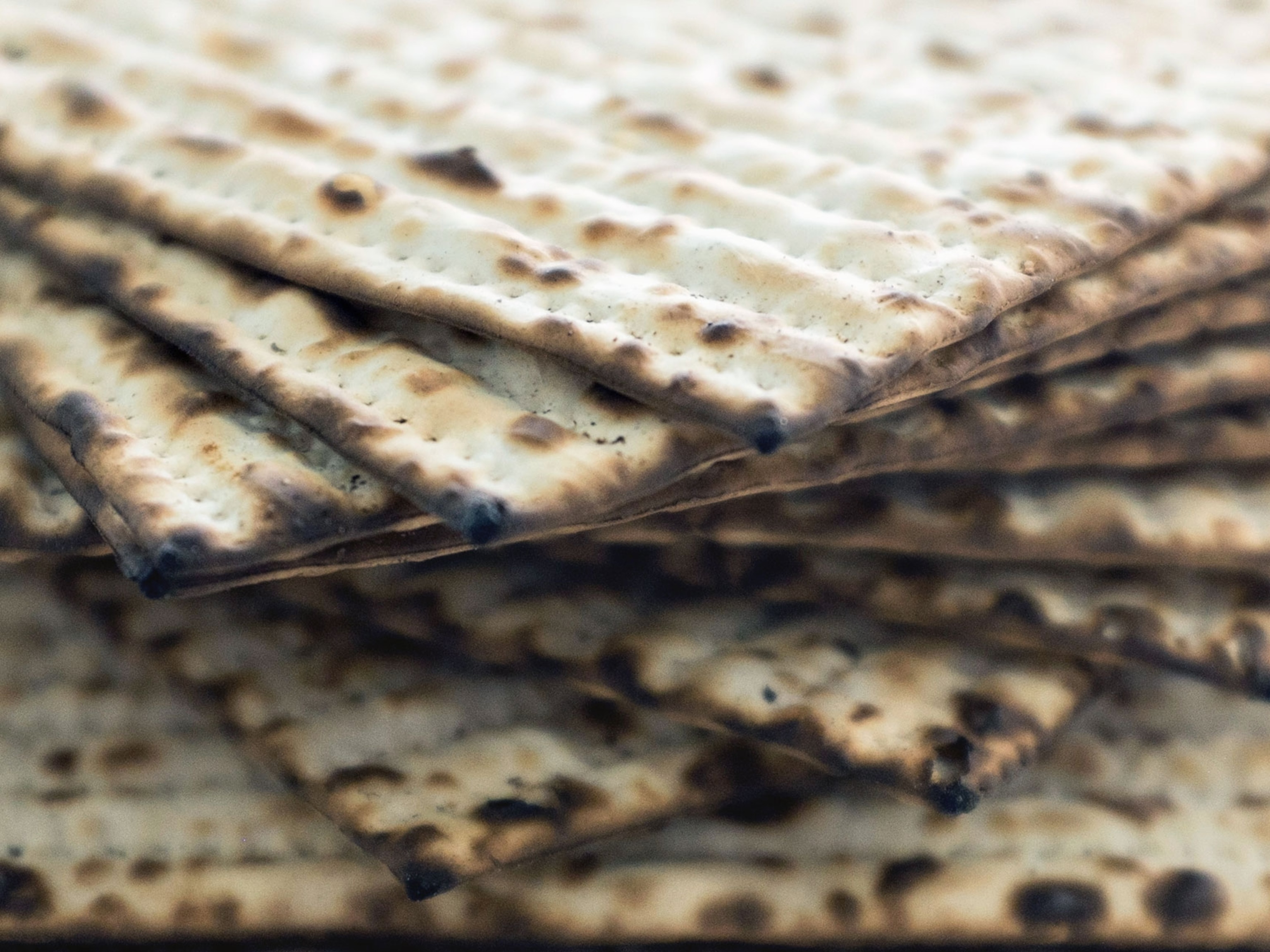
What to Do in the Holy City of Jerusalem
The rich religious and spiritual history of Jerusalem adds an extra dimension to a visit to Israel, where ancient sites and thriving cultures continue to draw modern-day visitors.
The ancient city of Jerusalem resonates deeply with three monotheistic religions: Christianity, Judaism, and Islam. The three religions intersect—and intertwine—in the maze of streets that run through Jerusalem’s Old City, ringed by a wall that dates back to the 16th century. That’s positively modern-day compared with the city’s holiest sites.
The Temple Mount, a large stone plaza in Old City, is the site of Judaism’s First Temple, built by King Solomon and destroyed in 587 B.C. It is now the site of the Dome of the Rock, the iconic gold-domed Islamic mosque completed in A.D. 691. Christian sites include the Church of the Holy Sepulchre, which broke ground in A.D. 236 on the site of Jesus’s burial and resurrection.
When to Go: Spring is a cool, dry time in most of Israel. The Jewish holy days of Rosh Hashanah (New Year) and Yom Kippur (Day of Atonement) fall in either September or October and bring the country to a standstill. Many Christians visit at Easter, in either March or April.
Where to Stay: More than a century old, the American Colony Hotel in Jerusalem is full of history and is where foreign journalists, diplomats, and a few notable celebrities have stayed. It was originally a home for the Ottoman Pasha Rabbah Effendi al-Husseini and his harem before becoming a Christian commune, and no two rooms are the same.
Cultural Tip: The Temple Mount complex, Church of the Holy Sepulchre, and the Western Wall all require that visitors be dressed modestly. Praying by non-Muslims at the Temple Mount is prohibited. When leaving the Western Wall, it is traditional to walk away backward so as not to show the wall your back. Access to many of the sites is subject to change due to holidays and political situations, so check before visiting.
What to Read Before You Go: My Promised Land: The Triumph and Tragedy of Israel by Avi Shalit is a 2013 award-winning book by an Israeli journalist exploring his conflicting feelings about Israel.
Related Topics
You May Also Like
Go Further
Animals
- How can we protect grizzlies from their biggest threat—trains?How can we protect grizzlies from their biggest threat—trains?
- This ‘saber-toothed’ salmon wasn’t quite what we thoughtThis ‘saber-toothed’ salmon wasn’t quite what we thought
- Why this rhino-zebra friendship makes perfect senseWhy this rhino-zebra friendship makes perfect sense
- When did bioluminescence evolve? It’s older than we thought.When did bioluminescence evolve? It’s older than we thought.
- Soy, skim … spider. Are any of these technically milk?Soy, skim … spider. Are any of these technically milk?
Environment
- Are the Great Lakes the key to solving America’s emissions conundrum?Are the Great Lakes the key to solving America’s emissions conundrum?
- The world’s historic sites face climate change. Can Petra lead the way?The world’s historic sites face climate change. Can Petra lead the way?
- This pristine piece of the Amazon shows nature’s resilienceThis pristine piece of the Amazon shows nature’s resilience
- Listen to 30 years of climate change transformed into haunting musicListen to 30 years of climate change transformed into haunting music
History & Culture
- Meet the original members of the tortured poets departmentMeet the original members of the tortured poets department
- Séances at the White House? Why these first ladies turned to the occultSéances at the White House? Why these first ladies turned to the occult
- Gambling is everywhere now. When is that a problem?Gambling is everywhere now. When is that a problem?
- Beauty is pain—at least it was in 17th-century SpainBeauty is pain—at least it was in 17th-century Spain
Science
- Here's how astronomers found one of the rarest phenomenons in spaceHere's how astronomers found one of the rarest phenomenons in space
- Not an extrovert or introvert? There’s a word for that.Not an extrovert or introvert? There’s a word for that.
- NASA has a plan to clean up space junk—but is going green enough?NASA has a plan to clean up space junk—but is going green enough?
- Soy, skim … spider. Are any of these technically milk?Soy, skim … spider. Are any of these technically milk?
Travel
- Dina Macki on Omani cuisine and Zanzibari flavoursDina Macki on Omani cuisine and Zanzibari flavours
- How to see Mexico's Baja California beyond the beachesHow to see Mexico's Baja California beyond the beaches
- Could Mexico's Chepe Express be the ultimate slow rail adventure?Could Mexico's Chepe Express be the ultimate slow rail adventure?




